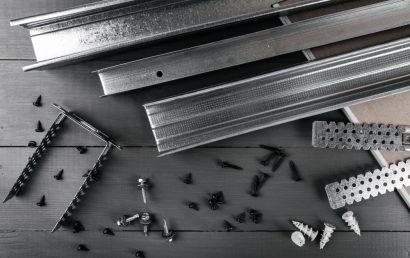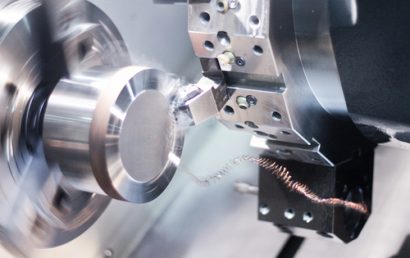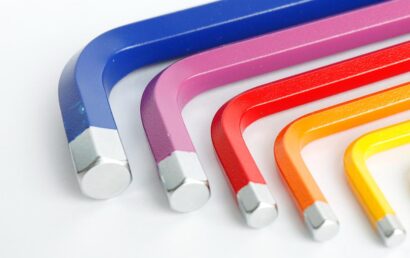Top Types Of Cermet Coatings
A cermet coating such as zirconia plus nickel or alumina plus nickel, are a physical mixture of metals and ceramics. Ideally, these coatings are designed for the optimal properties of each metal and ceramic. Metal benefits include the ability to undergo plastic deformation, while ceramic properties include hardness and high temperature resistance.
Binder metals can include carbide, boride, and oxide.
Cobalt, molybdenum, and nickel are metallic elements generally used where cermet coatings are concerned but they can also be metal matrix composites, depending on the material’s physical structure. Ordinarily, by volume, cermets are less than 20% metal.
That’s a brief background, but let’s take a closer look at some popular coating options, who uses them, and more.
Types of Ceramic Coatings
Plastic ceramic composite coating, inter-metallic compound ceramic coating, boron, nitride, carbide, silicified ceramic coating, and oxide ceramic coating are just some of the kinds of coatings out there that fall under the classification of “ceramic”. Due to its good comprehensive performance and special composition, one of the most widely used among these is cermet coating.
A Closer Look at Cermet Coating
Made of metal and alloy as adhesive phase, and metal, and ceramic particles as reinforced hard phase, cermet is applied through processes such as coating, agglomeration, sintering, spraying, and more. By using different alloy and metal portions and components, a series of ceramic powder materials are created and combined with various ceramic powder materials.
The bonding strength between the matrix material and ceramic coating increases with the addition of metal components. Additionally, densification improves. However, porosity of the coating decreases. The result? Compared to pure ceramic coating, this new coating has better mechanical properties. It can obtain ideal results when applied to high fatigue and stress conditions.
The Performance of Cermet Coatings
Several factors weigh into the level of performance offered by cermet coating. These are as follows:
- Particle size
- Proportion
- Composition
- Ceramic phase performance
- Metal base performance
- Metal base composition, and more
Also figuring into performance levels are things like the following:
- The degree of infiltration into the metal surface of the cermet coating.
- The degree of mutual infiltration of the ceramics and metal base.
Note: The size of the adhesion between the metal matrix and coating, and the adhesion between the various components of the coating, is determined by “the degree of infiltration”.
The Most Common Cermet Coatings
The following are some of the most popularly used cermet coatings:
- Coated hard wear-resistant cermet coating
- Tungsten carbide dispersion self-fused alloy coating
- Cemented carbide coatings
- High-friction cermet coating
- Anti-friction self-lubricating cermet composite coating
- Abrasion seal cermet coating
Common uses of cermets are in brazed tools such as saws (to replace tungsten carbide), providing superior corrosion and wear resistant properties. In the manufacture of electronic components such as capacitors and resistors, cermets are also used for their high temperature resistance.
Turn to A&A Coatings for Your Cermet Coating Needs
For decades and throughout nearly every industry, A&A Coatings has been thermal spraying various types of coatings onto a wide array of surfaces. Whereas some surfaces are treated to increase friction for safety reasons, many surfaces are treated to reduce friction and its harmful effects. Other coatings are applied to protect against erosion, corrosion, and more.
In industries from aerospace and agriculture to valves and wind energy – and everything in between – we provide coatings that reduce maintenance costs, lessen downtime, and generally improve the bottom line of businesses all over the nation. If it sounds like cermet coatings might be something your business could make good use of, contact a representative from A&A Coatings. We use the latest technology and proven thermal spray methods to apply protective coatings to all sorts of surfaces throughout numerous industries.



